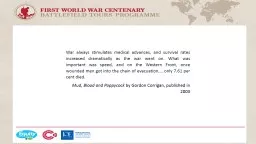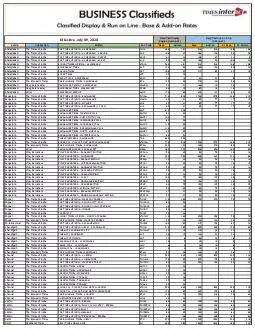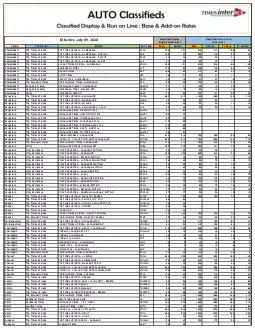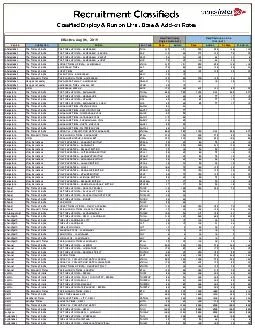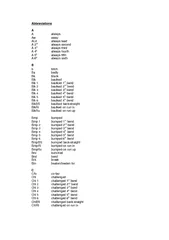PPT-War always stimulates medical advances, and survival rates
Author : mitsue-stanley | Published Date : 2018-01-01
Mud Blood and Poppycock by Gordon Corrigan published in 2003 In terms of numbers there were thirtytwo stretcher bearers per 1000 men whose task was to deal with
Presentation Embed Code
Download Presentation
Download Presentation The PPT/PDF document "War always stimulates medical advances, ..." is the property of its rightful owner. Permission is granted to download and print the materials on this website for personal, non-commercial use only, and to display it on your personal computer provided you do not modify the materials and that you retain all copyright notices contained in the materials. By downloading content from our website, you accept the terms of this agreement.
War always stimulates medical advances, and survival rates: Transcript
Download Rules Of Document
"War always stimulates medical advances, and survival rates"The content belongs to its owner. You may download and print it for personal use, without modification, and keep all copyright notices. By downloading, you agree to these terms.
Related Documents

